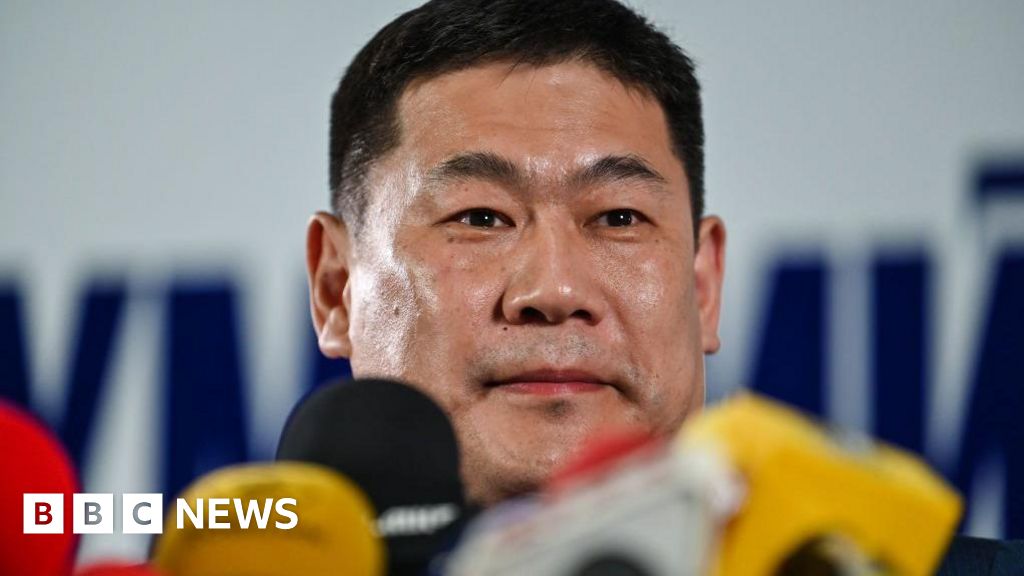ARTICLE AD BOX
The top ICE official in Los Angeles told a federal judge on Wednesday that California law enforcement hasn’t been able to stem the violence and threats against federal agents and officers, as the Justice Department defended President Trump’s decision to deploy the National Guard.
Ernesto Santacruz Jr., the field office director for U.S. Immigration and Customs Enforcement, said his officers need protection out in the streets if they are to carry out their job of arresting illegal immigrants.
He described the chaos of the last several days and repeated the charge that the Los Angeles Police Department was slow to respond on Friday when ICE officers were fending off a mob attack on a migrant detention facility.
And he said state and local officials’ deployment of the city police, the Los Angeles Sheriff’s Department and the California Highway Patrol isn’t enough.
“Even with the LAPD, LASD and CHP all engaged in the ensuing law enforcement activities, I believe the safety of local federal facilities and and safety of those conducting immigration enforcement operations in this area of responsibility requires additional manpower and resources,” Mr. Santacruz said.
Army Major Gen. Niave Knell told the judge that the National Guard troops are protecting more than half a dozen federal buildings in the Los Angeles region, as well as deploying with ICE personnel who are out in the community attempting to make arrests.
But “they are not performing law enforcement or any other functions,” she said.
The statements came in response to California Gov. Gavin Newsom’s emergency request for a judge to boot the federalized troops out of the city’s neighborhoods, saying Mr. Trump broke the law when he called them up.
“California’s desire to keep the National Guard at bay must give way to the undisputed immediate threats to the life of federal officers and the security of federal property that the President is responsible for protecting,” Christopher Edelman, a Justice Department lawyer, told the court.
Judge Charles Breyer, a Clinton appointee to the federal court in Los Angeles, has rebuffed Mr. Newsom’s request Tuesday for an immediate restraining order.
He gave the administration a day to respond and he has a hearing scheduled for Thursday on the matter.
Mr. Santacruz confirmed much of what has played out on television screens over nearly a week now, pointing to attacks on officers involving hurled rocks, mortar-style fireworks and paintballs fired at one Federal Protective Service inspector’s head and neck.
He also said protesters were hurling mangos at officers.
And he said his officers have had their personal information shared, exposing them to potential attacks.
In one critical claim, he said it took more than an hour and a half for Los Angeles police to respond to an emergency call from ICE on Friday, as officers tried to repel protesters and prevent the migrant detention facility from being overrun.
The police chief had said earlier this week that his officers responded in 38 minutes — which he acknowledged was slow, but he blamed it on traffic and the tear gas federal officers had already deployed.
Mr. Newsom said the state and other agencies surrounding Los Angeles have deployed about 900 additional officers to help city police.
Local authorities said the National Guard call-up caught them by surprise, underscoring the trouble with Mr. Trump’s decision to go around Mr. Newsom.
Mr. Trump has called up the National Guard under Title 10 of the U.S. code. At issue is whether he can do that without a governor’s concurrence — which Mr. Newsom has withheld.
Mr. Edelman said the law gives the president power to “call into federal service” guard members.
Mr. Newsom says a later provision saying the orders are “issued through the governors” gives him power to refuse. Mr. Edelman said that misreads the law, which gives governors no veto over a president’s decision.
He said the president’s ability to carry out immigration enforcement in a city that refuses cooperation is at stake.
“Federal ICE personnel are attempting to enforce federal civil immigration laws in the City of Los Angeles, but have suffered violence in response to carrying out lawful alien removal operations,” he said. “Local and state law enforcement were not able to prevent that violence, and their responses to exigent circumstances were delayed.”

 2 months ago
61
2 months ago
61








 English (US) ·
English (US) ·